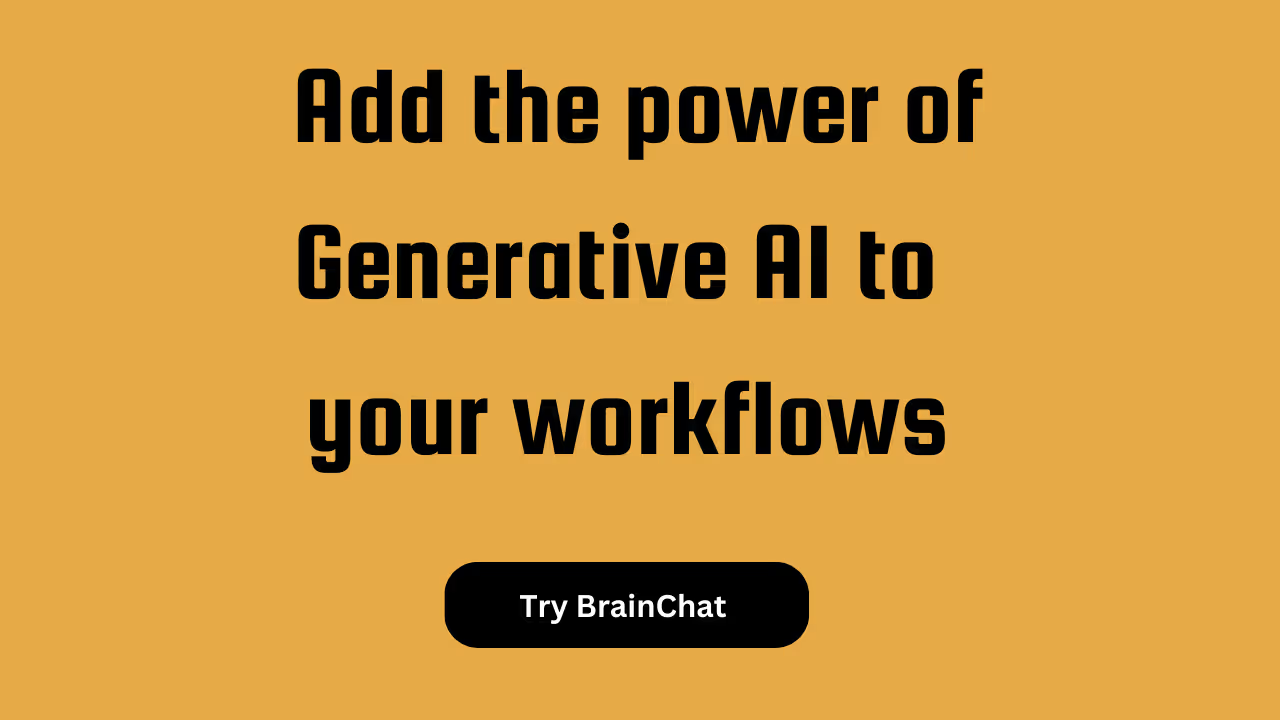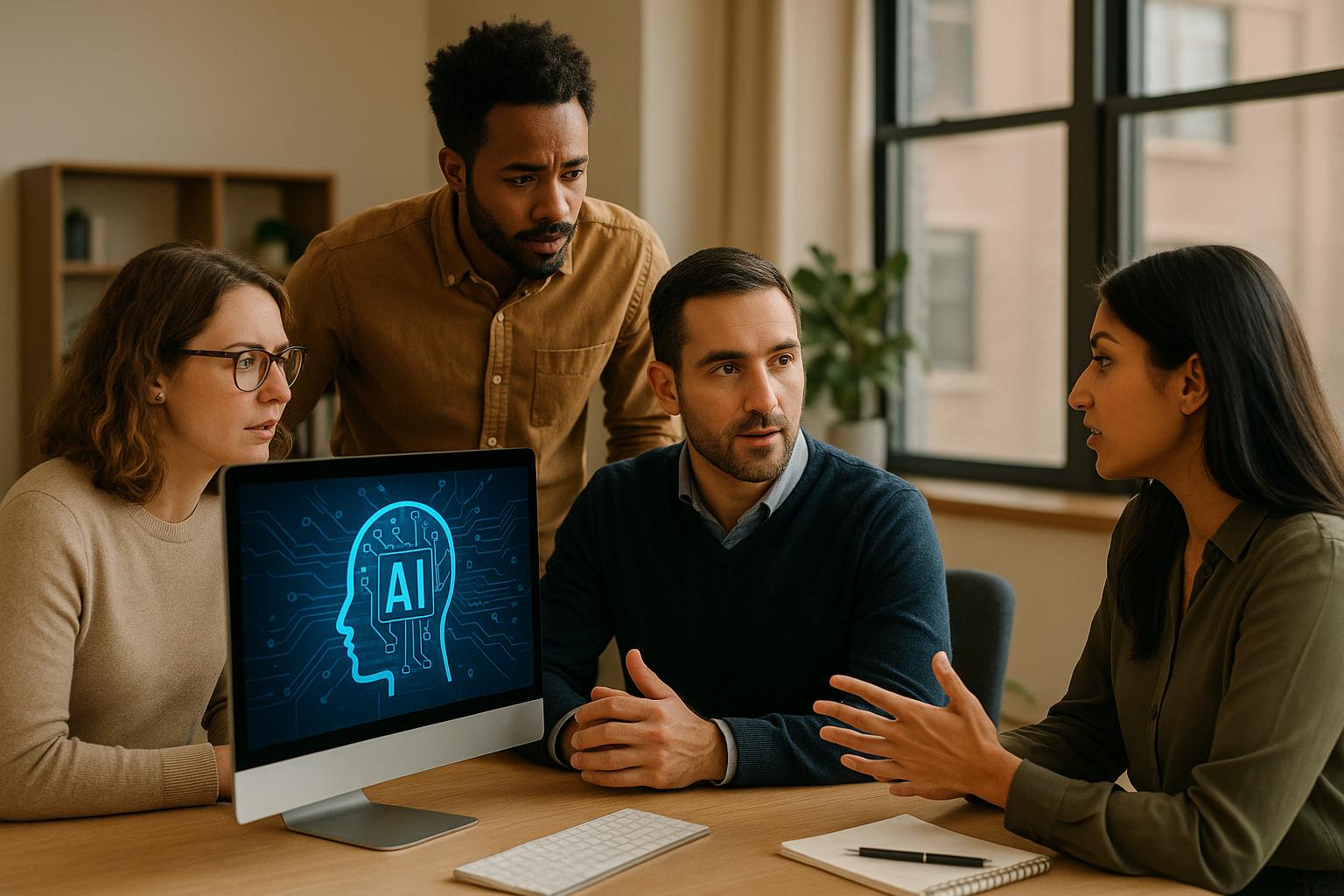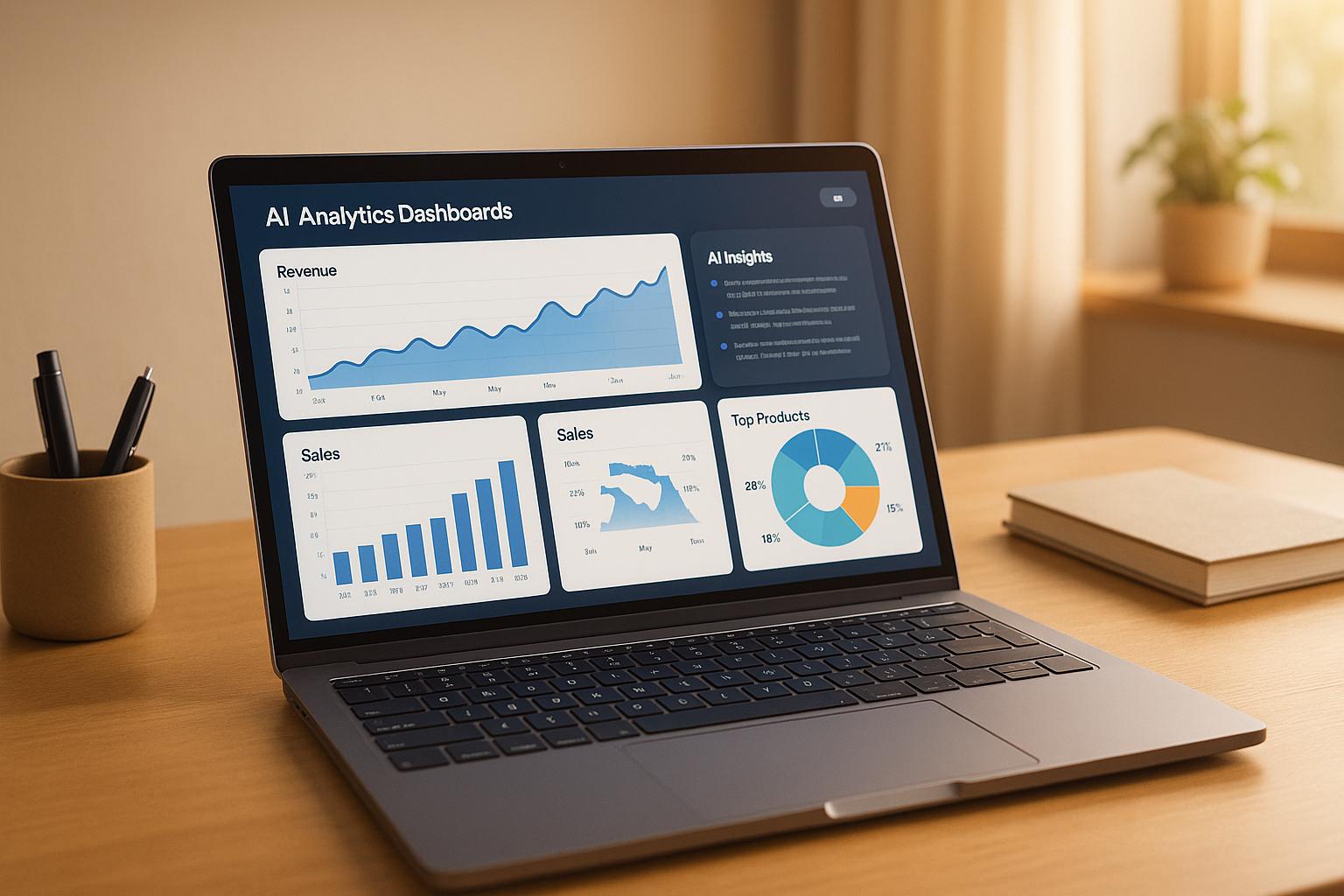
Can I Use ChatGPT at My Work

Can I Use ChatGPT at My Work? Exploring Opportunities and Challenges
In an era where technology is reshaping how we work, the introduction of tools like ChatGPT has garnered significant attention. Powered by advanced artificial intelligence, ChatGPT offers a range of functionalities that can potentially enhance productivity, streamline tasks, and provide valuable insights. However, the question remains: Can I use ChatGPT at my work? This article delves into the various facets of using ChatGPT in a professional setting, examining its benefits, limitations, ethical considerations, and real-world applications.
Benefits of Using ChatGPT at Work
ChatGPT, developed by OpenAI, belongs to a new generation of AI-powered language models designed to understand and generate human-like text. Its capabilities present several potential benefits for use in the workplace:
1. Enhanced Productivity:
One of the primary advantages of using ChatGPT at work is its potential to significantly boost productivity. By automating repetitive tasks, such as drafting emails, managing schedules, or generating reports, employees can free up valuable time to focus on more complex and creative tasks. This can lead to a more efficient workflow and improved overall output.
2. Improved Customer Interaction:
In customer service roles, ChatGPT can serve as an effective tool for handling routine inquiries and providing instant responses. This can enhance customer satisfaction by reducing wait times and ensuring that common questions are addressed promptly. Moreover, ChatGPT can assist in creating personalized interactions, contributing to a more engaging customer experience.
3. Data Analysis and Insights:
With its capability to process and interpret large volumes of data, ChatGPT can assist in analyzing trends, generating insights, and identifying patterns. This can be particularly valuable in fields such as marketing, finance, and research, where data-driven decision-making plays a crucial role. Leveraging ChatGPT for data analysis can lead to more informed strategies and better outcomes.
4. Creative Assistance:
In creative industries, ChatGPT can be a valuable brainstorming partner, helping professionals generate ideas, refine content, and overcome writer’s block. It can assist in drafting marketing copy, developing scripts, and even providing alternative perspectives on projects. This collaborative synergy can lead to innovative and impactful creative outputs.

Limitations and Challenges
While ChatGPT offers several advantages, it is essential to recognize its limitations and potential challenges when considering its use in the workplace:
1. Accuracy and Context:
Although ChatGPT can generate coherent and contextually relevant text, it is not infallible. There is a risk of it producing inaccurate or misleading information, particularly in complex or specialized domains. Therefore, relying solely on ChatGPT for critical decision-making or precise information can be precarious. Human oversight is crucial to verify and validate the output.
2. Ethical Considerations:
The use of AI in the workplace raises ethical questions, particularly concerning privacy and data security. Organizations must ensure that the deployment of ChatGPT aligns with ethical guidelines and regulatory requirements. This includes safeguarding sensitive information and preventing misuse of AI-generated content.
3. Dependence and Skill Erosion:
Reliance on AI tools like ChatGPT for routine tasks may lead to a gradual erosion of certain skills within the workforce. For instance, employees may become overly dependent on ChatGPT for writing or communication tasks, potentially diminishing their own proficiency in these areas. It is essential to strike a balance between leveraging AI and maintaining essential skills.
4. Integration and Compatibility:
Integrating ChatGPT into existing workflows and systems can present technical challenges. Compatibility issues, software integration, and the need for customization may require additional resources and expertise. Organizations must carefully assess the feasibility and cost-effectiveness of incorporating ChatGPT into their infrastructure.
Ethical and Legal Dimensions
The adoption of ChatGPT in the workplace also necessitates a thorough examination of its ethical and legal implications:
1. Privacy and Data Security:
When using ChatGPT, especially in contexts involving sensitive or confidential information, ensuring data security is paramount. Organizations should implement stringent data protection measures and adhere to regulatory frameworks such as GDPR or CCPA to safeguard employee and customer data from potential leaks or breaches.
2. Transparency and Accountability:
It is essential for organizations to maintain transparency regarding the use of AI tools like ChatGPT. Employees and stakeholders should be informed about its deployment and its role in decision-making processes. Accountability mechanisms should be established to address any issues or controversies that may arise from the use of AI-generated content.
3. Bias and Fairness:
AI models, including ChatGPT, are susceptible to biases present in the data they are trained on. This can result in outputs that reflect or perpetuate existing biases, leading to unfair or discriminatory outcomes. Organizations must prioritize fairness by regularly auditing the AI’s performance, addressing biases, and ensuring diversity and inclusion in the training data.
4. Ownership and Attribution:
The use of AI-generated content raises questions about intellectual property and content ownership. Organizations must establish clear guidelines regarding the ownership and attribution of AI-generated materials to avoid disputes and ensure proper recognition of contributions.
Practical Applications and Use Cases
ChatGPT can be applied across a diverse range of industries and functions, demonstrating its versatility and potential to improve various aspects of work:
1. Customer Support and Service:
In customer service departments, ChatGPT can assist in automating responses to frequently asked questions, handling basic inquiries, and providing real-time support. This not only reduces the workload on human agents but also ensures faster response times and enhanced customer satisfaction.
2. Content Creation and Marketing:
Marketing teams can leverage ChatGPT to generate compelling content for blogs, social media, and advertisements. By providing creative suggestions, optimizing keywords, and crafting engaging copy, ChatGPT can contribute to more effective marketing campaigns and a stronger online presence.
3. Human Resources and Recruitment:
In HR and recruitment, ChatGPT can streamline processes such as screening resumes, conducting initial interviews, and answering routine employee queries. This can expedite hiring, reduce administrative burdens, and improve the overall candidate experience.
4. Research and Development:
Researchers and development teams can utilize ChatGPT to conduct literature reviews, generate hypotheses, and analyze research data. By assisting in organizing and synthesizing information, ChatGPT can expedite the research process and facilitate the discovery of new insights.
Strategies for Effective Implementation
To maximize the potential of ChatGPT at work, organizations should consider several strategies for effective implementation:
1. Training and Onboarding:
Providing comprehensive training for employees on how to use ChatGPT is crucial. This includes understanding its capabilities, limitations, and best practices. A well-structured onboarding program ensures that employees can make the most of the tool while minimizing errors and maximizing productivity.
2. Pilot Programs and Feedback Loops:
Launching pilot programs allows organizations to test the integration of ChatGPT in specific functions or departments before full-scale implementation. Gathering feedback from employees during these pilot phases provides valuable insights into the tool’s usability and areas for improvement.
3. Continuous Monitoring and Evaluation:
Regularly monitoring the performance of ChatGPT and evaluating its impact on workflows is essential for optimizing its use. Organizations should establish metrics to assess productivity gains, error rates, and employee satisfaction. This ongoing evaluation helps identify and address any issues proactively.
4. Collaboration and Human Oversight:
While ChatGPT can enhance productivity, human oversight remains indispensable. Encouraging collaboration between AI and employees ensures that critical tasks receive human judgment and expertise, mitigating the risk of errors and ensuring high-quality outcomes.
Future Perspectives and Innovations
As AI technology continues to advance, the future of ChatGPT and its role in the workplace holds exciting possibilities:
1. Enhanced Natural Language Understanding:
Future iterations of ChatGPT are likely to exhibit even greater natural language understanding capabilities. This could enable more nuanced interactions, better context comprehension, and improved accuracy in generating relevant responses.
2. Industry-Specific Customization:
As organizations recognize the value of AI tools, there may be increased demand for industry-specific customizations of ChatGPT. Tailoring the AI to meet the unique needs and terminologies of various industries can enhance its effectiveness and applicability.
3. Integration with Automation Systems:
Integrating ChatGPT with more sophisticated automation systems has the potential to create seamless end-to-end workflows. For instance, coupling ChatGPT with robotic process automation (RPA) can enable the automation of complex multi-step tasks, further boosting efficiency.
4. Ethical AI Frameworks:
The growing emphasis on ethical AI will likely lead to the development and adoption of comprehensive frameworks to govern the use of AI in the workplace. These frameworks will encompass guidelines for transparency, accountability, fairness, and data privacy to ensure responsible AI deployment.
Conclusion
The question of whether ChatGPT can be used at work is multifaceted, encompassing considerations of productivity, ethics, accuracy, and integration. While ChatGPT offers significant benefits, including enhanced productivity, improved customer interaction, and valuable data insights, it also poses challenges related to accuracy, ethical considerations, and skill erosion.
Organizations contemplating the adoption of ChatGPT should employ a holistic approach, incorporating comprehensive training, ongoing evaluation, and human oversight. By addressing ethical and legal dimensions, ensuring data security, and fostering transparency, organizations can harness the power of ChatGPT to optimize workflows, drive innovation, and achieve better outcomes.
Ultimately, the integration of ChatGPT into the workplace heralds a promising future where intelligent collaboration between humans and AI can transform how we work, driving efficiency, creativity, and progress across diverse sectors.
Turbocharge your team with BrainChat AI
Teams using BrainChat report a 40% boost in task completion speed. Imagine what your team could achieve.
%20(1).png)



